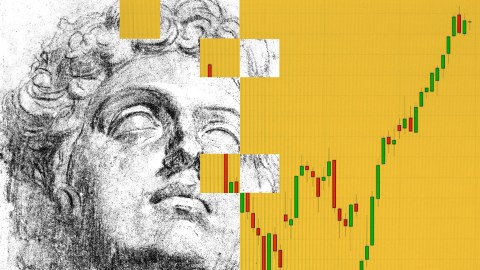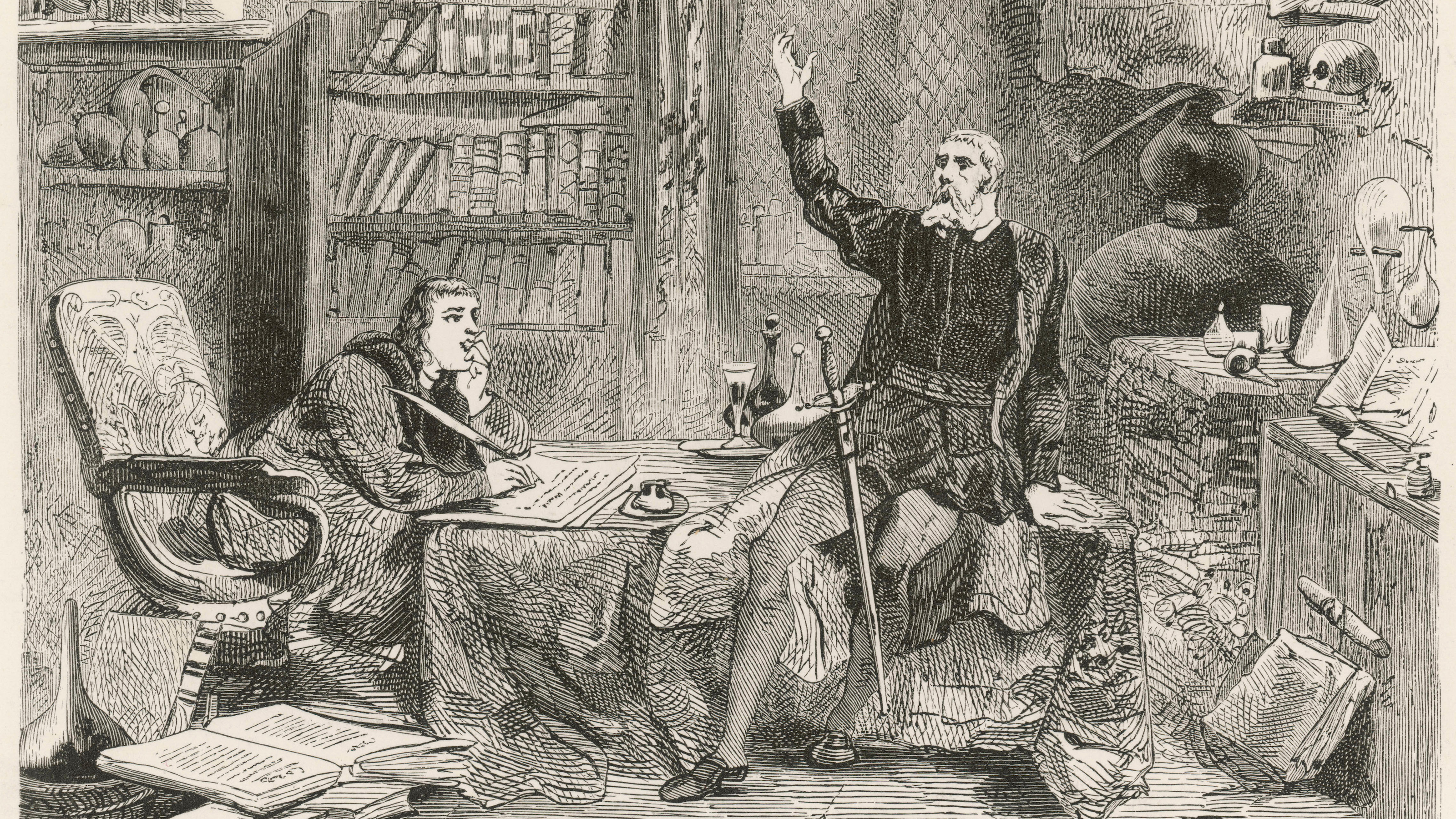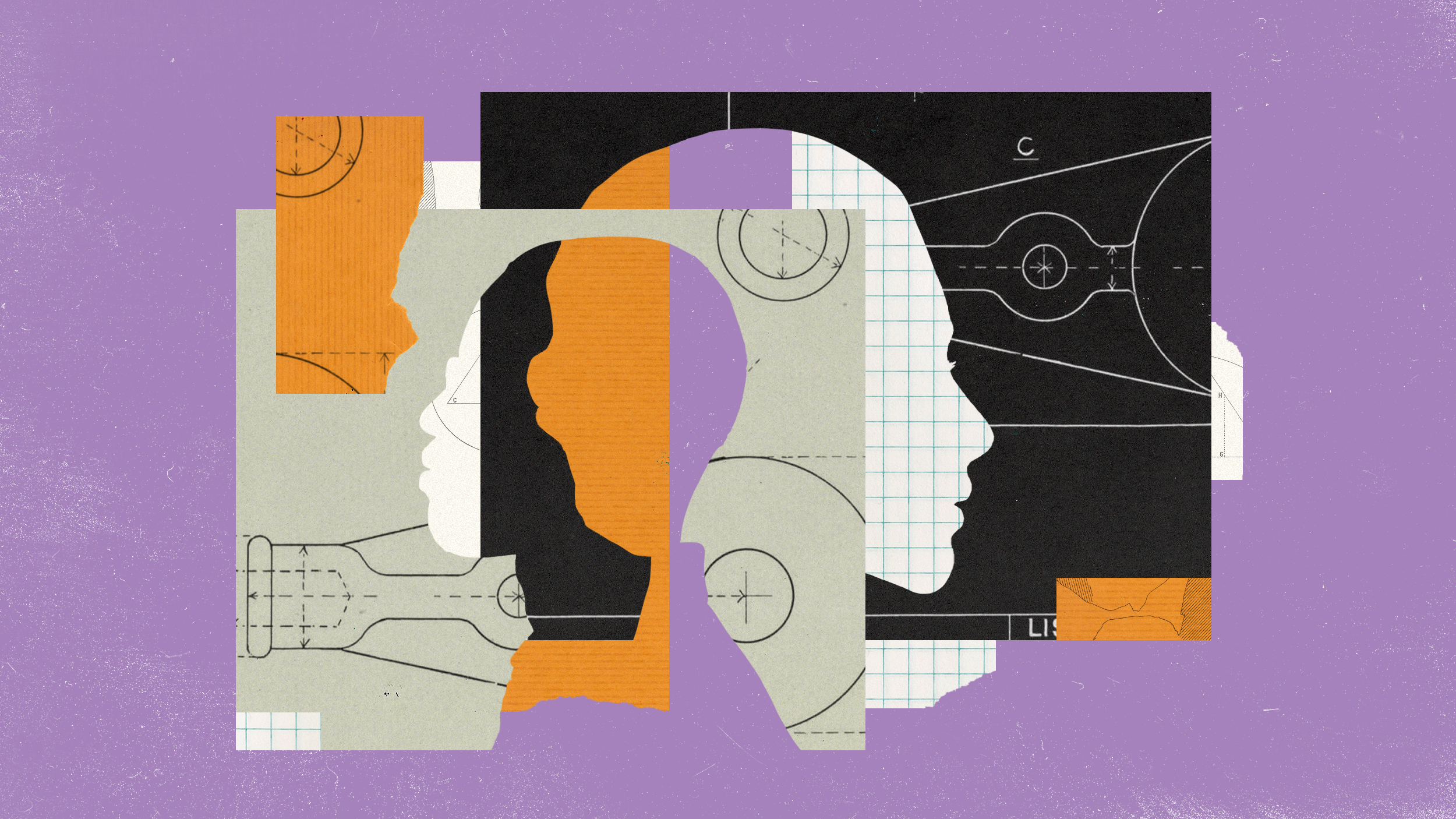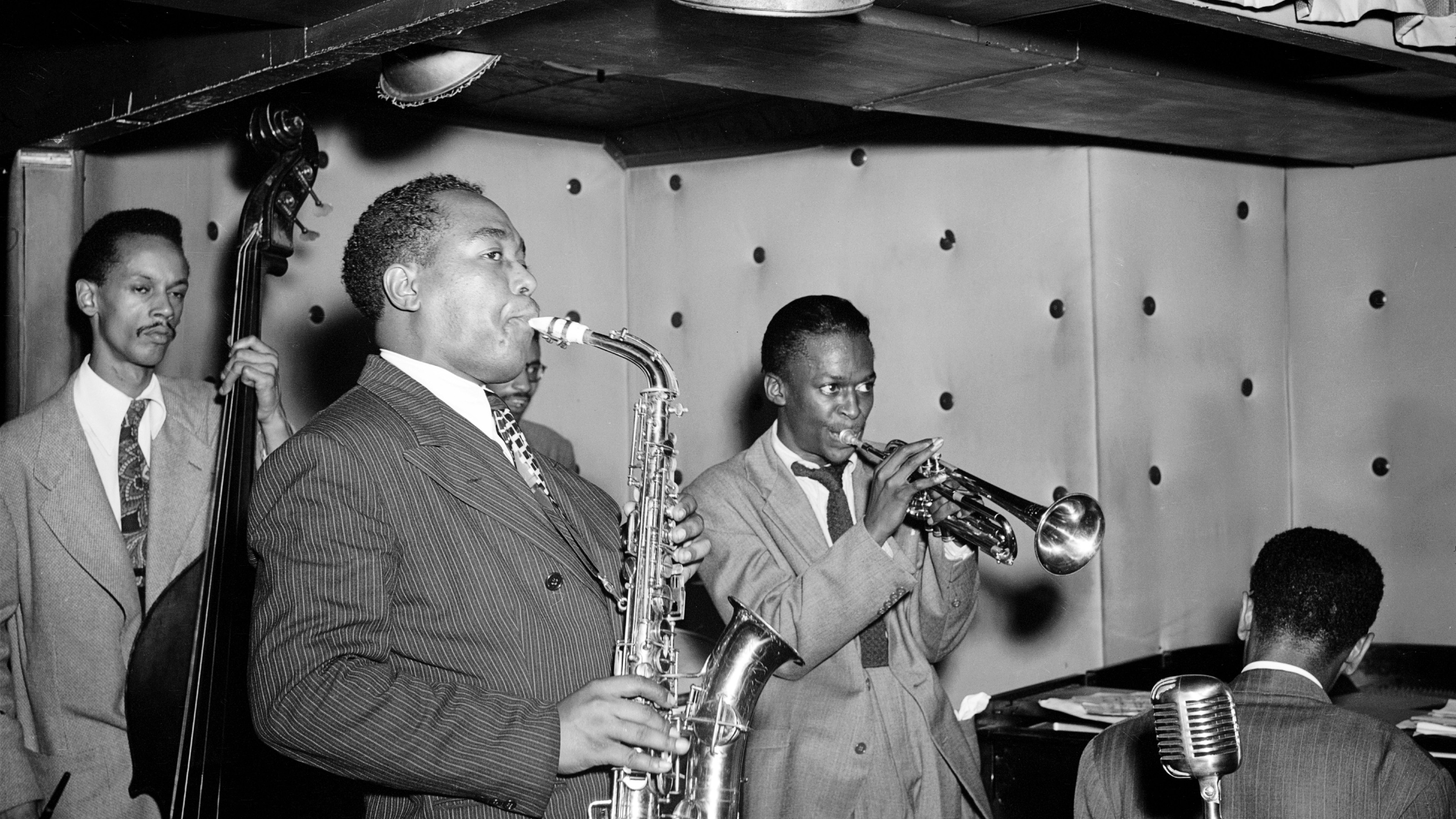How the “Medici Effect” can spark a renaissance in your business

- In 15th-century Florence, the Medici family patronized the arts and attracted hundreds of Europe’s finest creative minds to Italy — and they helped to fuel the Renaissance.
- The Medici Effect refers to the gathering of diverse and energetic individuals who spark creativity and innovation through the clash of alternative views.
- There are practical ways we can apply the Medici Effect to our business lives.
In 15th-century Italy, you had to at least pretend to be modest. It was a boorish faux pas to go around flaunting your money or to strut around in opulent glad-rags. All art had to be strictly Christian in look or tone, and it was the Catholic Church who would decide who or what got commissioned. If you wanted to make it into the inner sanctum of high society and rub shoulders with Italy’s noble families, you had to spend your money inconspicuously, or at least piously. But Cosimo de’ Medici was not a noble. He was the son of a banker, and his father’s Medici Bank was among the richest and largest in Europe. When his father died, Cosimo inherited a considerable fortune and, with not a care for tradition, he wanted to spend it.
Cosimo didn’t just spend his money on private mansions and cellars full of wine; he became one of Europe’s most prominent patrons of the arts. Cosimo commissioned artists, architects, and poets from all over Italy to paint, build, and write some of the greatest works of all time. Over many decades, the Medici family poured money into various cultural projects around Florence.
If you were a struggling artist down the road in Pisa and you heard about this Cosimo throwing money at anyone with a paintbrush, what do you think you would do? The greatest artists, philosophers, and scientists from across Europe descended on Florence. Florence became a bubbling spezzatino of creativity, innovation, and discovery. Thanks to the likes of Cosimo, Europe entered its Renaissance.
Today, this is known as the Medici Effect.
Rival theories
The Medici Effect occurs when you gather together a diverse and energetic mish-mash of creatives who spark off each other. They are often seen in the central hubs of empires, but also wherever the money comes from — be that seed funders, angel investors, or Florentine bankers. The essential element of the Medici Effect is a creative dissonance where alternative views meet and rival theories combine. The philosopher Georg Hegel argued that progress happens in the struggling arms of “dialectic.” A thesis meets an antithesis, and the two fuse or compromise to form a synthesis combining the best of both. Cosimo’s Florence was a golden agora — or assembly — of dialectic.
In his book, The Act of Creation, the sociologist Arthur Koestler compares creativity to humor. He says eureka moments of epiphany work just like a good joke. When someone tells you a joke, they lead you along a certain narrative path. You think the story is going to go one way. Then, at the punch line, they pull out the twist. They wrench the narrative into an unexpected tangent, and the result is, hopefully, funny. So, too, with creativity. Ideas have their path. Ideas have grooves in which they move and boxes in which they operate. Creativity is an explosion. It breaks out of the box.
In Florence, ideas and people were constantly bumping into one another. There could be no established narrative or “the” way to do things because there were just so many ways. So, people learned from each other. They took on other people’s ideas and adapted to others’ techniques. Florence was a place of intellectual theft and artistic homage. The result was innovation.
Applying the Medici Effect
What can we learn from 15th-century Italy? How can we hope to apply the Medici Effect to our lives, and how can businesses hope to harness a bit of creative dialectic? Here are three ways:
Find the synthesis. Your existing business model is one “thesis,” and if you are to innovate, you need to find your “antithesis.” Discovering a different approach and establishing the middle ground between two methodologies is crucial. Ask yourself: What is the best of both? Consider the example of the card game, Magic: The Gathering. In the early 1990s, card-battling games almost always involved having one deck of cards play another identical deck — a card version of chess. This was the “thesis.” It took a mathematician called Richard Garfield to spot the antithesis. Garfield noticed that cards, like baseball cards, could also make ridiculous money as trading or collector items. But for an item to be rare or interesting enough to sell, it needed to be different. So, he decided to make hundreds of Magic cards. Each player could buy, collect, trade, and build the deck they wanted to play against another person. He took two models — card battling and card trading — and found the middle synthesis. He also founded a billion-dollar brand.
Play the ball, not the person. The trick to creating a culture of creativity is to embrace a certain kind of conflict. You need an environment where people can challenge others and defend themselves without it becoming personal. Few people enjoy conflict. If you had to fight, argue, and bicker your way through the working week, you’d burn out within the month. But the conflict necessary for the Medici Effect is one where you take your ego out of it. In his book, The Medici Effect, entrepreneur Frans Johansson puts it like this: “It is important to depersonalize conflicts. People should be able to disagree with anyone in the group [in] an open environment where all ideas get a fair hearing.” The trick, according to Johansson, is to keep criticisms specific and limited. For example, highlight what it is specifically about an idea or product execution that isn’t working or that you disagree with.
Move outside in. Jeff DeGraff is a business professor at the University of Michigan and an expert in advising Fortune 500 companies about innovation. In an interview for Big Think+, DeGraff focuses on the “outsider” element of the Medici Effect. The Renaissance was not about Florentine minds. It was about Venetian, Pisan, and Genoan ones. The greatest talent in Europe flooded into Florence. Innovation was, as DeGraff calls it, “from the outside in.” DeGraff puts it like this:
“Innovation does not happen in the middle of the organization. It happens from the edges, the outside of the organization. The middle of the organization is designed to eliminate variation. It’s designed to become efficient or optimized. [But] innovation is not produced by alignment.”
Sometimes, you can’t think outside the box. In fact, a lot of the time, your job will be to think exactly inside the box — that’s what your company needs. It is better to simply find someone who is already outside that box.




